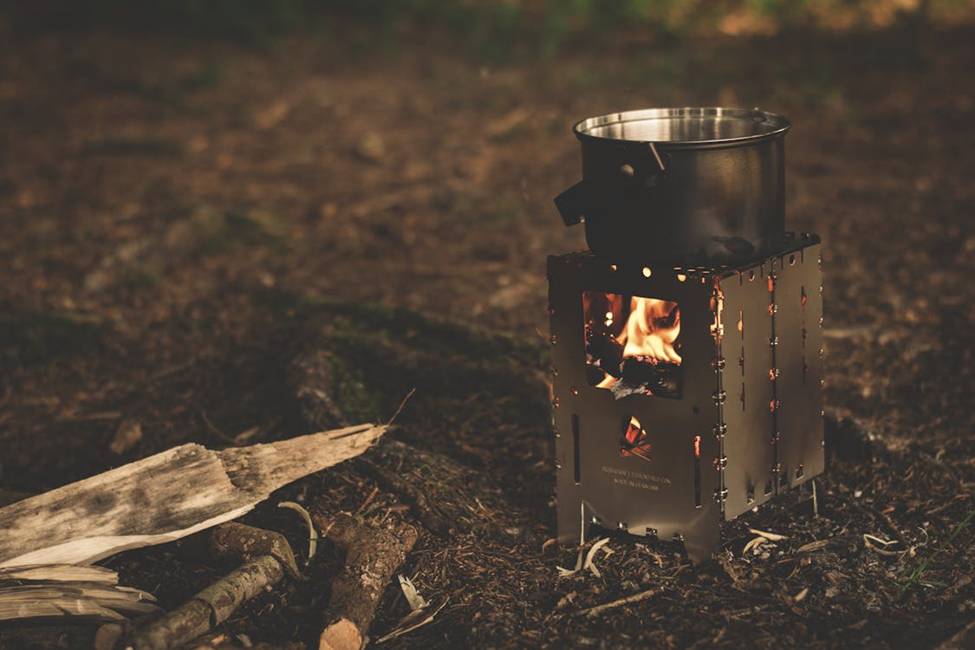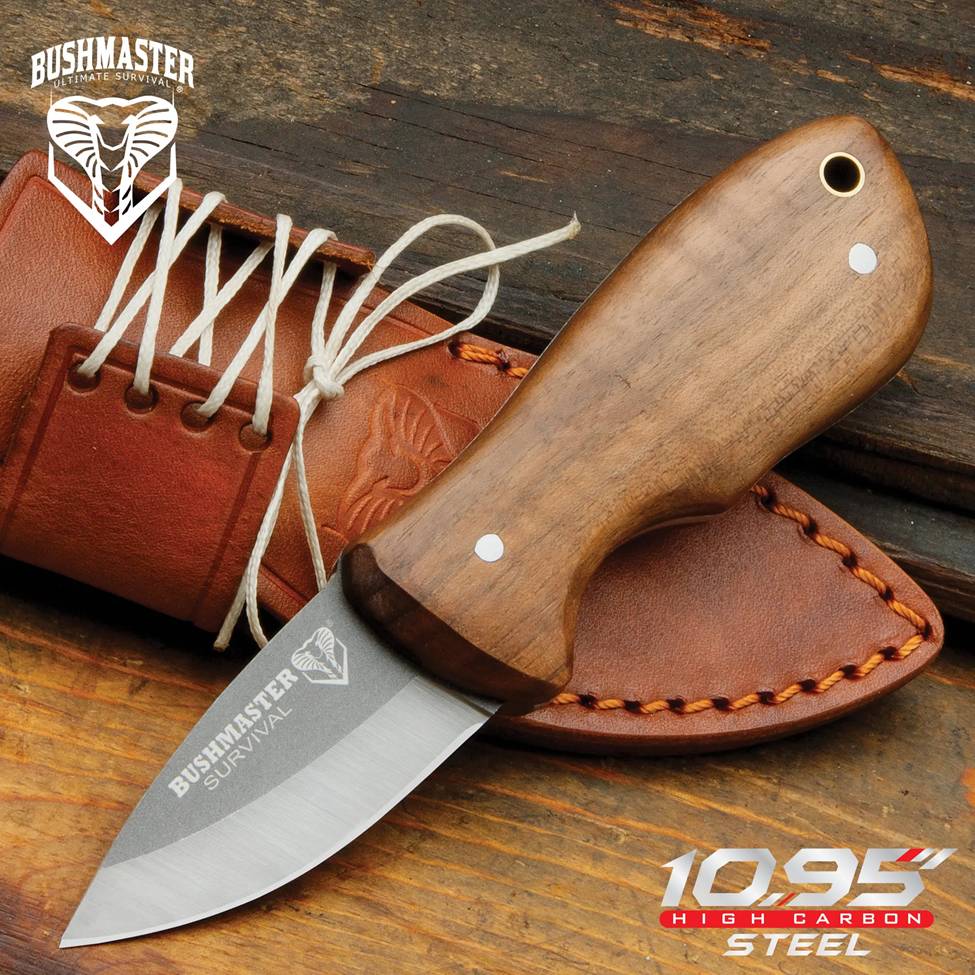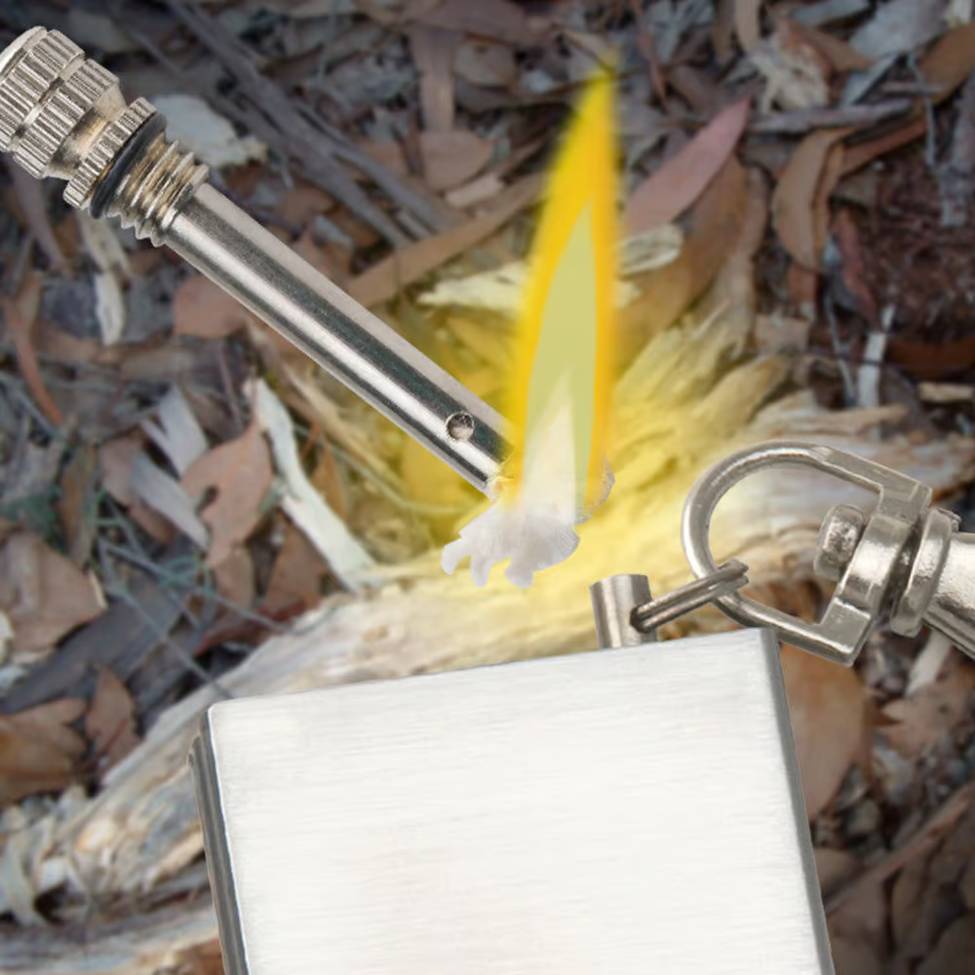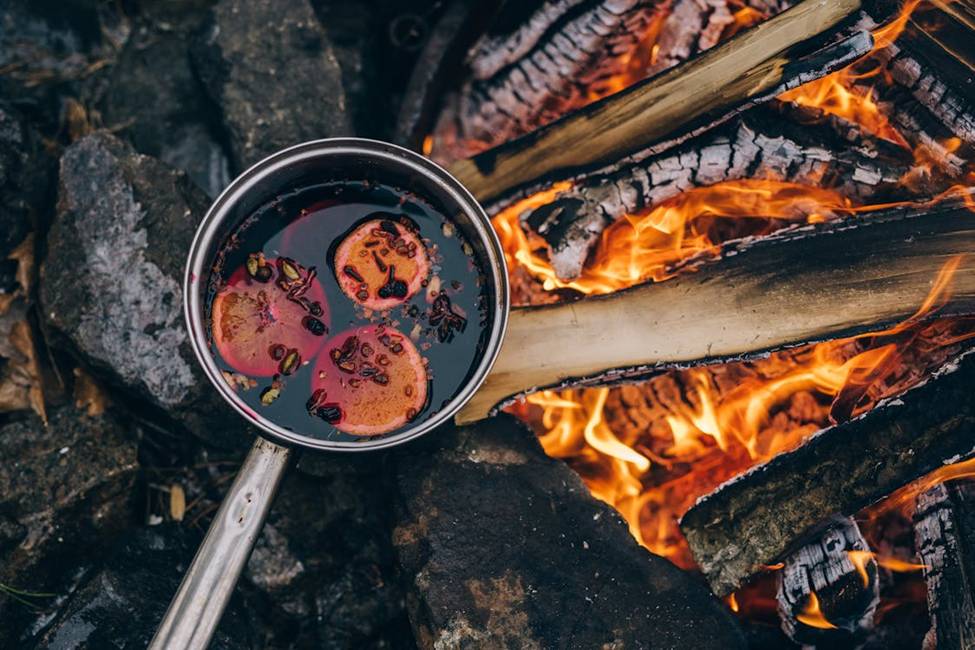A Comprehensive Checklist for Bushcraft Gear


- Fixed knife
This is spot number one, and should be, on any list of bushcraft gear. Your full-tang fixed blade knife will help you excavate pits, carve timbers, process game, start fires, and do literally everything else you need while you’re in the field - or shall we say, in the bush.


- Folding knife
Only here as a redundant backup - remember, two is one and one is none.
- Ax or hatchet
While not absolutely necessary, a small pack ax or trail ax, if not a hatchet, will make it much easier for you to take down trees and saplings, and to process them into camp furniture or structures.
- Saw (folding or wire)
A small folding saw, or a wire saw, will make it possible for you to make square crossgrain cuts in wood, which can be highly valuable for making joints and building structures.
- Thermal wear
This is something you need to bring along rather than pack, as thermal wear will help protect you when the weather becomes inclement.
- Fishing basics
You won’t need much here and you can more or less fit it all inside of a small mint tin. Some line, some split shot weights, a float or two, and some hooks. You can do the rest, and forage for your own bait.
- Trapping basics
Basically all you need for this is a little bit of wire. You can construct your own snares from there - this is far more effective than hunting, although it is also true that you can make a spear or bow using your knife that can then be used for provision.
-
Fire starters (your choice)


Every list of bushcraft gear worth its salt will contain some sort of fire starters. Whether you prefer a lighter or waterproof matches is up to you, but many bushcrafters take along a fire steel because they are longer lasting, lighter, and mechanically more simplistic than other fire starters.
- Bandana
A bandana can protect your head, face, and neck, and can be converted into a makeshift sling for carrying loose materials, or for foraging, if necessary.
- Sunglasses
Sunglasses protect your eyes, and not just from the sun. Plus, since you can wear them they don’t really need to be packed.
- Basic first aid
Any good bushcraft gear list should contain some notes for basic first aid. What you should carry is a matter for debate but some gauze, tape, bandages and topical disinfectants are a good start, and all of that can be packed into a pocket.
- Paracord
Learning how to make your own cordage is a vital bushcraft skill, but it doesn’t hurt to carry some along. Paracord can be used to construct shelters, string a bow, replace a shoelace, and the inner strands can be used for stitching thread or fishing line, if the chips are really down.
- Water filter or tablets
A water filtration system like a filter, or chemical treatments, like tablets, can save your life in the wilderness, and should be included in any list of essential bushcraft gear.
- Small pot


A small pot is essential for boiling water, rendering it safer to eat, as well as for cooking. You can make your own from clay, but a small aluminum pot can be a lifesaver.
- Small canteen
Opt for one made of steel or aluminum rather than HDPE, as these are not only physically more durable, they can be heated near or in fire, whereas plastic can’t.
- Multi-tool
A good multi-tool, which includes a blade, saw, file, scissors, driver bits, and a whole bunch of other functions, can be a very useful piece of bushcraft gear, simply through sheer utility.
- EDC flashlight
Lastly, you need to be able to see in the dark. While fire is useful, an EDC flashlight is a good backup.